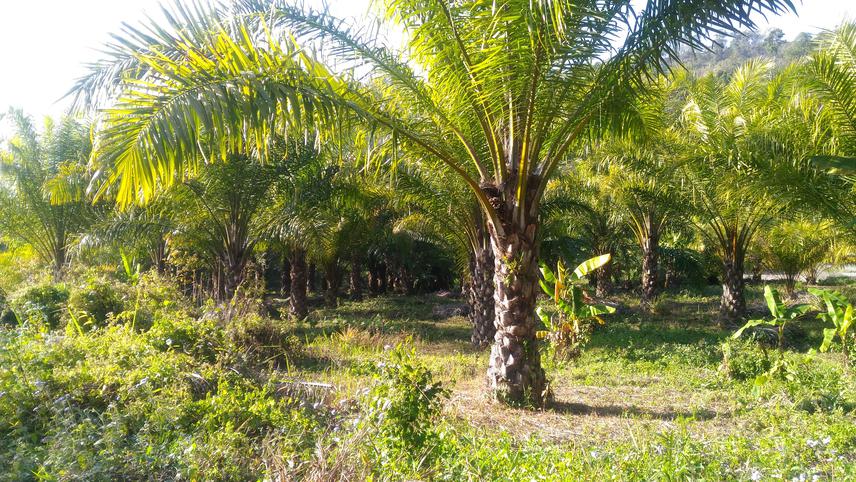Priya Singh
Located in the Indo-Myanmar Biodiversity Hotspot, the multi-use landscape within Dampa Tiger Reserve covers an area of 1000 km2. It supports around 45% of felid diversity found in India, along with two species of canids and two ursids. Most of these species are elusive and found in low densities. In recent times this landscape has undergone vast scale land-use changes which could potentially impact the way carnivores use these areas. In this study, I aim to identify major factors that influence the distribution of selected large carnivores and their prey within this landscape. I also aim to obtain information on how local communities perceive the presence of carnivores around them. A final component of this study will involve engaging in conservation activities within the region to create awareness about carnivores and their importance in nature.

Dampa Tiger Reserve, located in the Indo-Myanmar Biodiversity Hotpot supports a high diversity of carnivores, which include at least five species of felids, two ursids, and two canids. Most of these species are rare, elusive and threatened. However, despite its vast biological diversity this area remains poorly studied due to its treacherous terrain, and geographical and cultural isolation. In recent times, this region has undergone large scale land-use changes which could potentially influence the way mammals use this area.
Given that carnivores shape the ecological communities within their habitats through predation and inter-specific competition, and perform the role of umbrella species, I propose to use this as a target group to determine impacts of land-use changes on mammalian communities within this landscape.
The specific aims of this study include:
a) Determine the intensity of use exhibited by carnivores across diverse habitat types within Dampa Tiger Reserve.
b) Assess relationships between local communities and carnivores within this region.
These study aims require obtaining quantitative data on habitat-use by target study species and their movement patterns. It also requires collecting information on perceptions and attitudes of local people towards carnivores. In order to respond to these questions, I intend developing spatial models based on occupancy surveys to determine distributions of carnivores in the region, while using a semi-structured questionnaire to determine how local communities perceive the presence of carnivores around them. For the purpose of this study, the target carnivore families will include felids, canids and ursids- all of which are wide ranging and of high conservation importance.
A component of this project also aims at creating awareness towards conservation of carnivores which although infrequently sighted in this region, constitute an important component of tropical ecosystems. Findings from this study will be presented to policy makers with the aim to influence future management and conservation of large carnivores in this landscape.